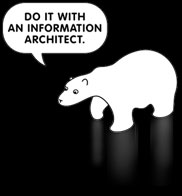30. Dezember 2014
27. Dezember 2014
26. Dezember 2014
25. Dezember 2014
24. Dezember 2014
22. Dezember 2014
20. Dezember 2014
18. Dezember 2014
16. Dezember 2014
15. Dezember 2014
14. Dezember 2014
13. Dezember 2014
11. Dezember 2014
9. Dezember 2014
6. Dezember 2014
5. Dezember 2014
3. Dezember 2014
Abonnieren
Posts (Atom)











